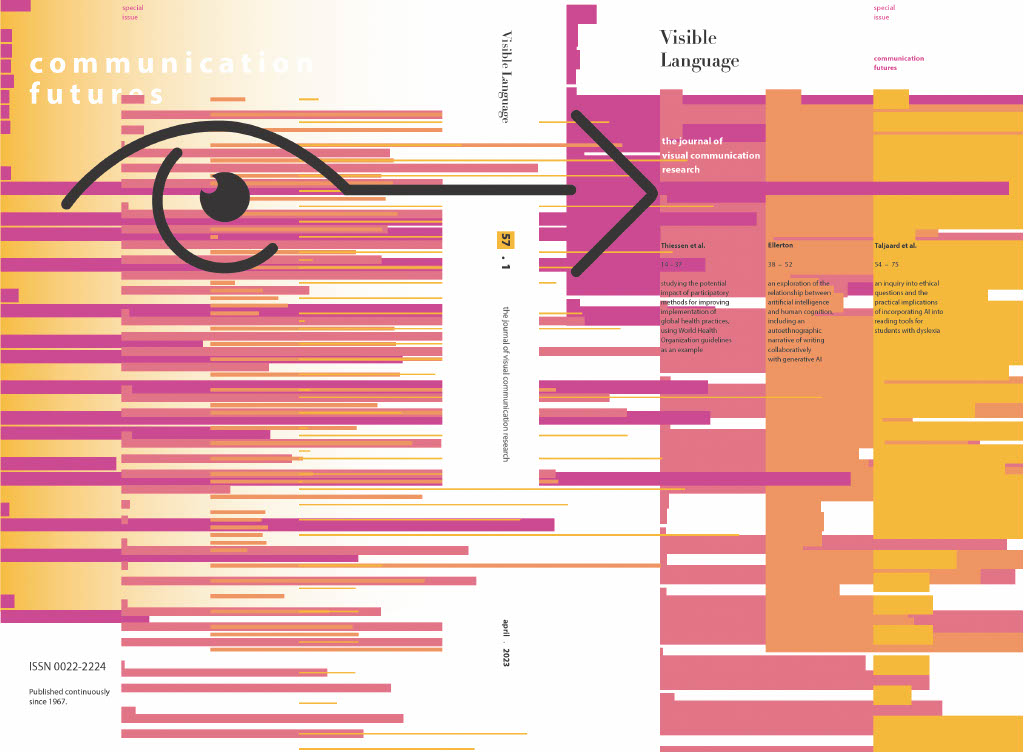Show Me what You Mean: Inclusive Augmented Typography for Students with Dyslexia
DOI:
https://doi.org/10.34314/91m10w95Abstract
Augmenting the visual appearance of continuous text may contribute to more inclusive learning opportunities for university Students with Dyslexia (SwD). This neurodiverse population remains largely reliant on reading tools developed for ‘typical’ readers. Although SwD find reading slower, more tiring, and more difficult, they are also known to use deep learning approaches, which may be assisted by inclusive, custom typographic and layout systems. While printed texts offer only one typographic presentation and make limited use of visual cues, the affordances of digital reading tools could result in multiple visual adaptations to suit individual needs, preferences, and reading. This can be achieved with networked devices using Artificial Intelligence (AI) to read the content in texts, and applying real-time typography and layout modifications. A human-centred design approach is required if we aim to develop inclusive reading experiences to better serve the educational requirements of SwD. This application of our understanding of the diversity of human abilities may also open new possibilities for other marginalised readers and the wider academic reading population.

